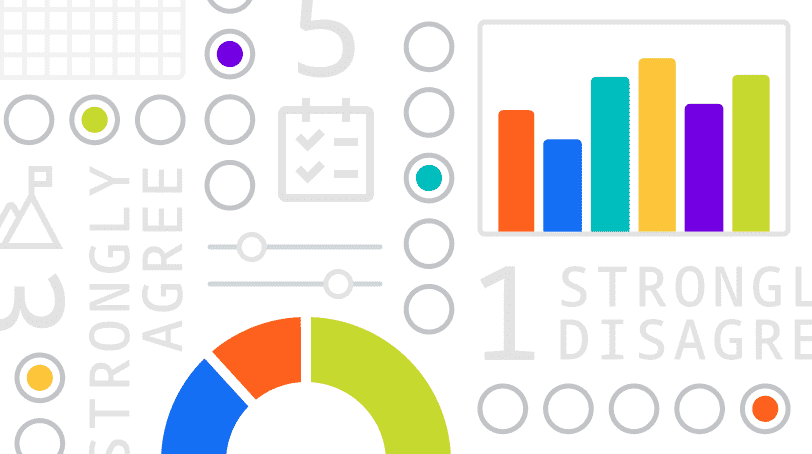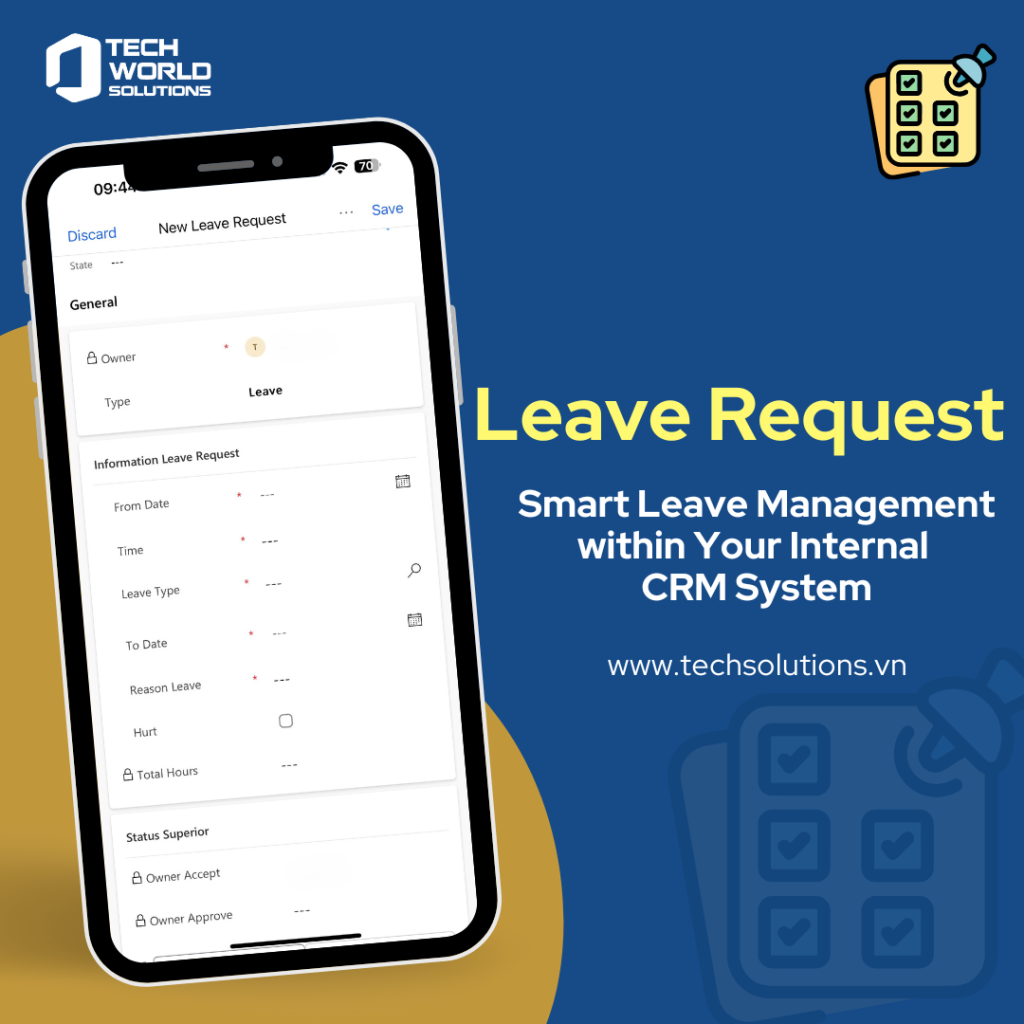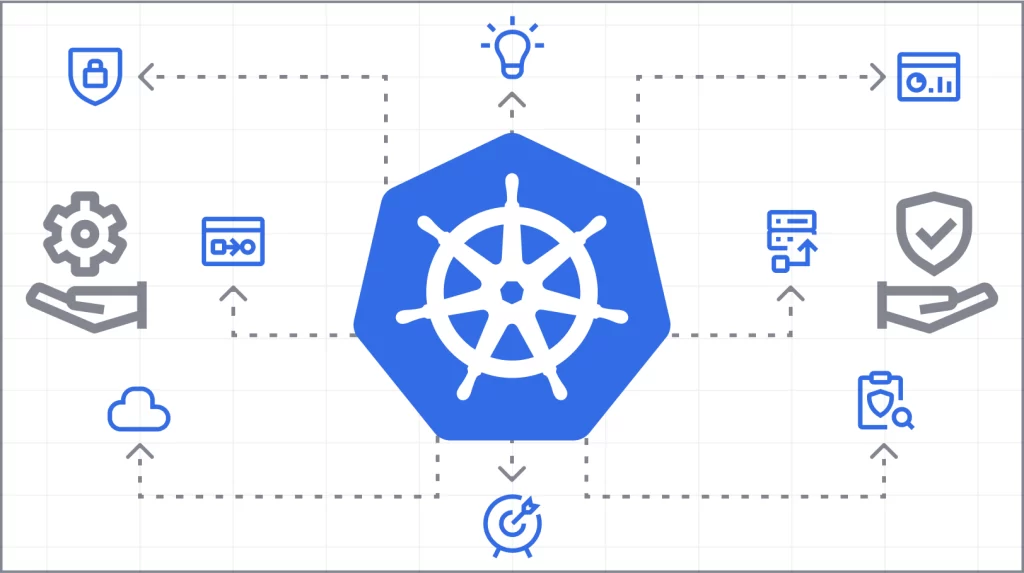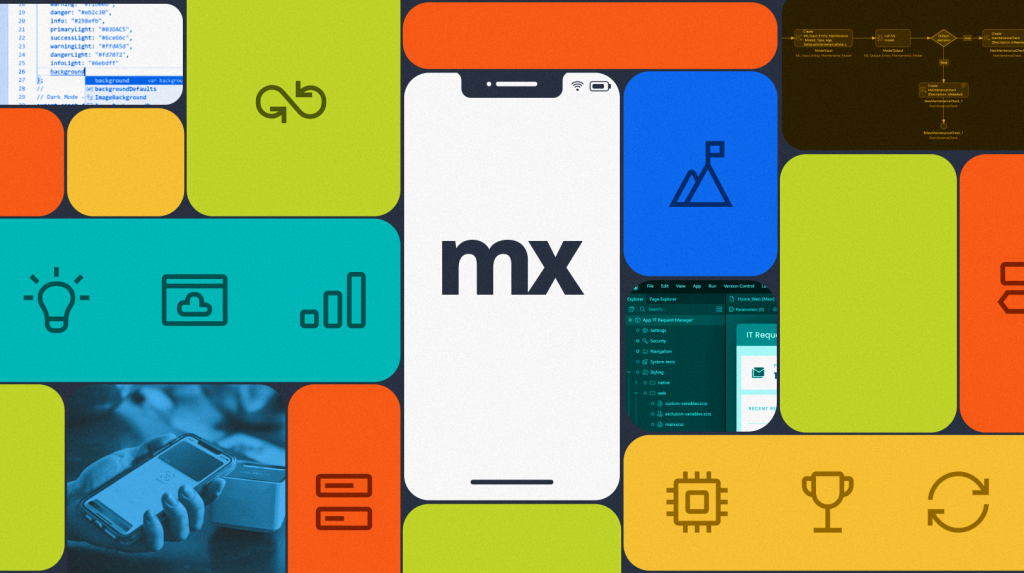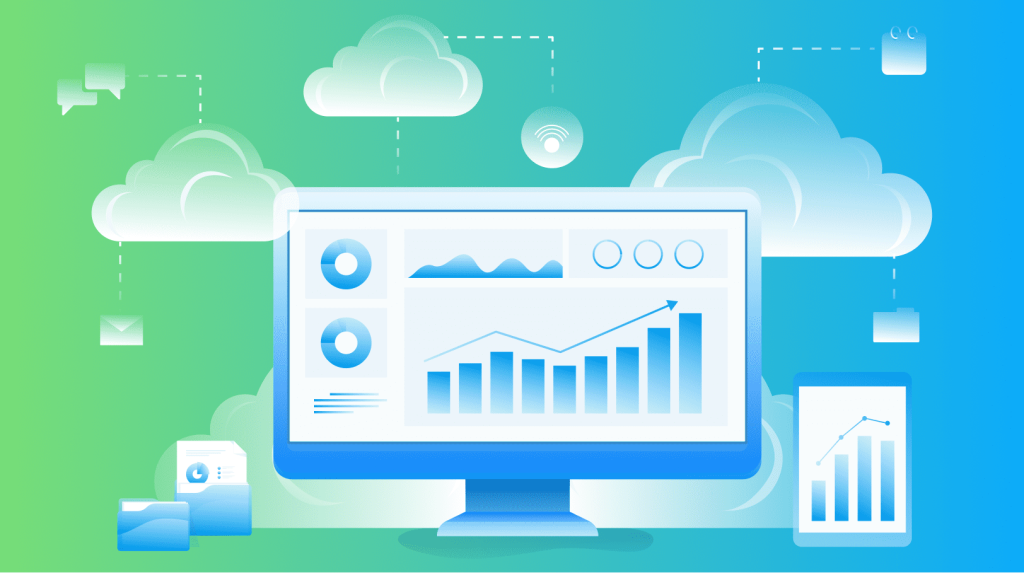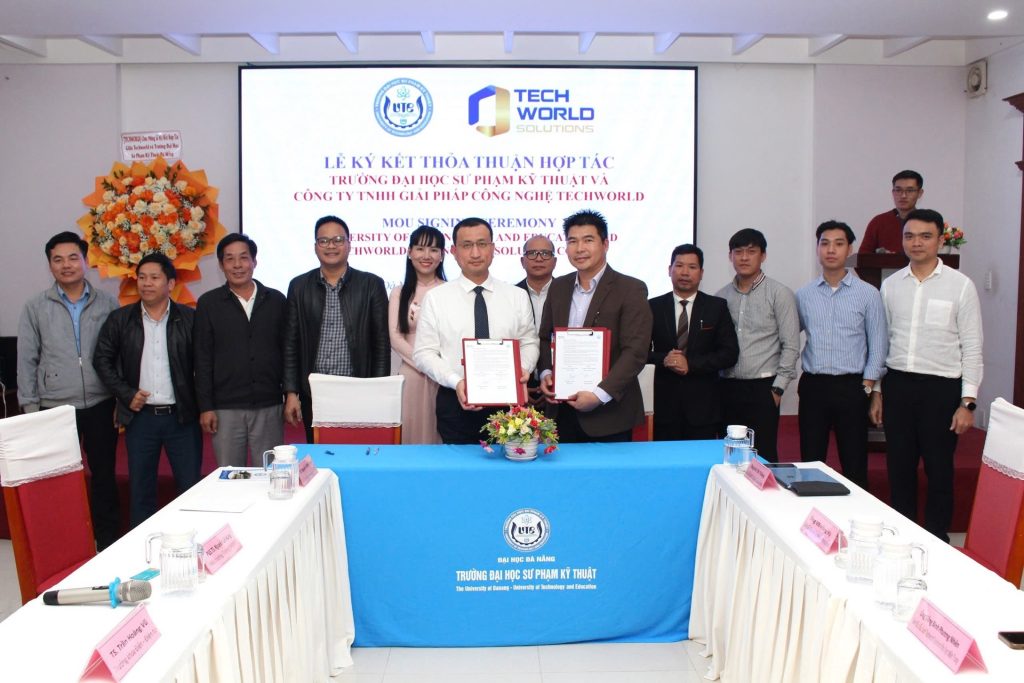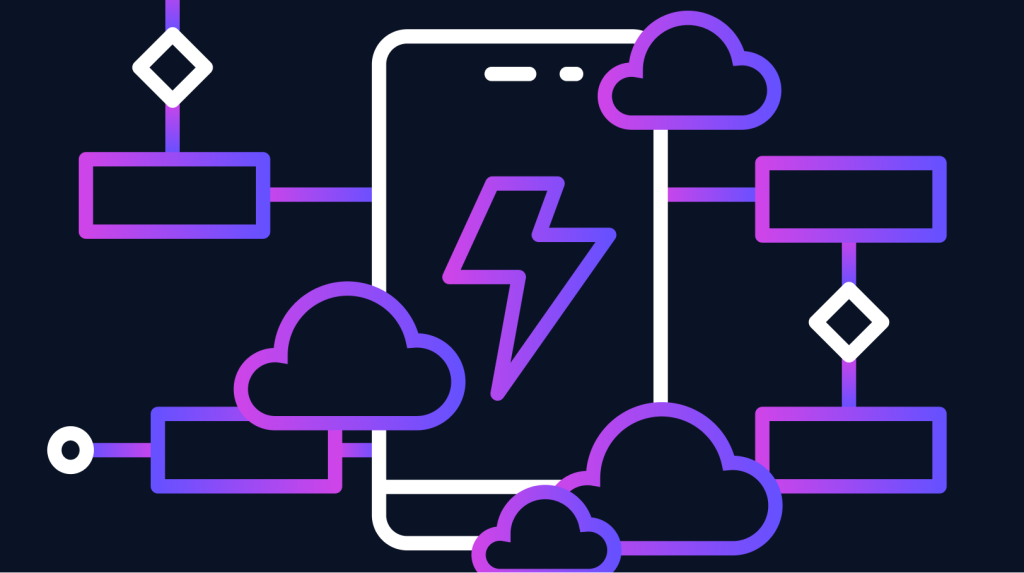The 4 Stages of Digital Maturity
The good news is that just because digital transformation is never-ending doesn’t mean it is devoid of milestones. You can still measure your organization’s digitalization progress. And maybe you’re one of the lucky 30% to have succeeded at digital transformation projects. Everything within your organization is digitized and optimized. Your software portfolio aligns with your digital transformation vision.
So, what does that next stage look like? Let’s examine the stages of digital maturity and see how they can help you take your digital transformation to the next level outside your office walls.
What is digital maturity?
Digital maturity is a key factor for successful digital transformation. It measures an organization’s level of preparedness and ability to create value through digital avenues.
Every organization has a different level of digital maturity. You can get your preliminary digital maturity score using our assessment tool: Digital Maturity Tool
The 4 stages of digital maturity
If digital transformation doesn’t have a finish line, then you need to shift your organization’s mindset to one where it’s about staying competitive and remaining relevant as an organization.
This is why digitalization within your four walls isn’t sufficient. Here’s how to re-plot your digital transformation strategy:
- Changing the way you manage internal processes
- External digitalization
- Changing the way they do business
- Creating new digital products
Let’s walk through a scenario with a composite organization, Lato, an electronic bike rental company that produces e-bikes for customers to rent.
Stage 1: Improve the way you manage internal processes
Lato wanted to move away from error-prone Excel spreadsheets that track bike maintenance and drive an inventory tracking process. More often or not, these processes resulted in chasing down misplaced bikes. So, they developed software to digitize and automate those processes.
The application lets Lato more easily keep track of its inventory and bicycles’ health and location.
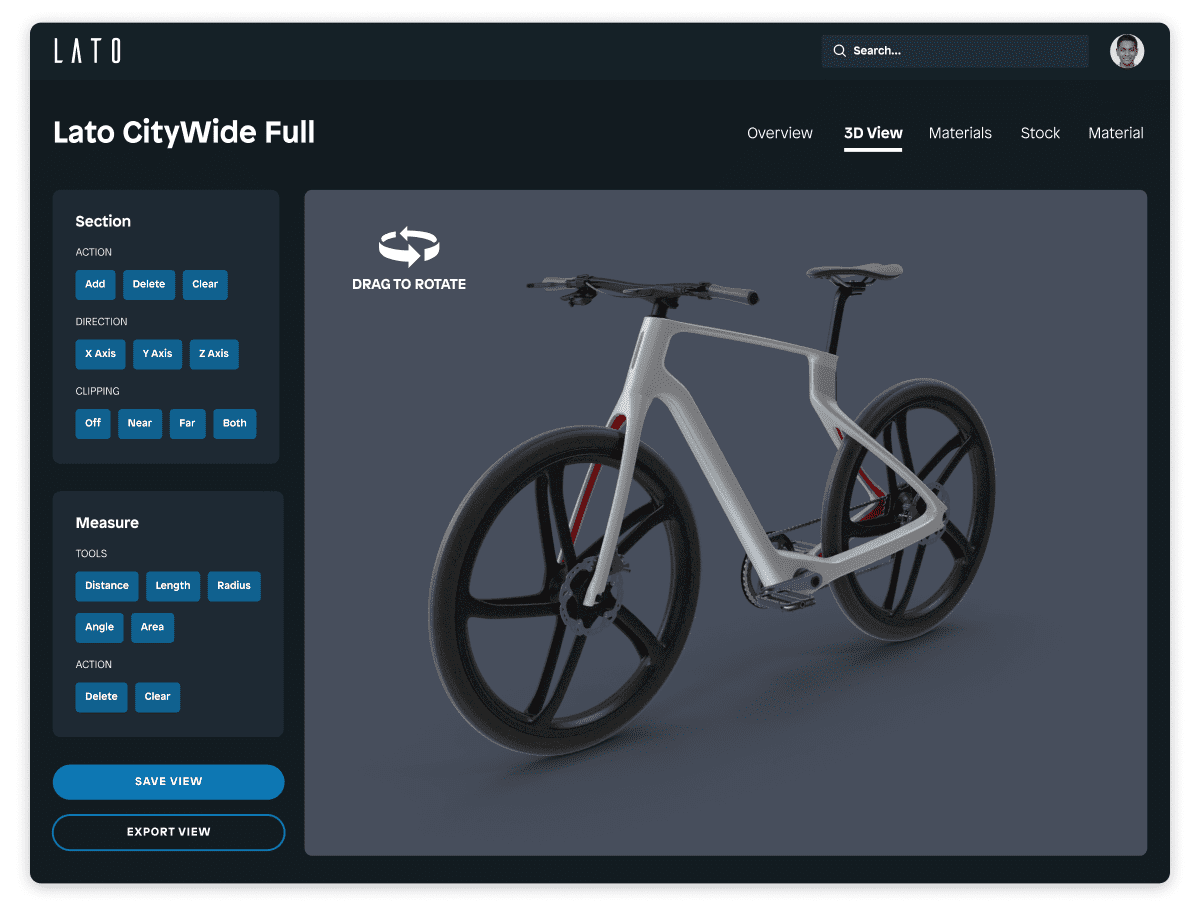
A key factor of successful, perpetual digital transformation is ensuring that the portfolio of software that you create always connects back to your strategy or vision. Applications that accelerate time-to-resolution on customer service calls or eliminate data entry errors in invoicing processes are examples of applications that could lead back to your vision.
Stage 2: Move to external digitalization
Lato can more easily track their bikes, spending fewer hours going out and ensuring customers have returned the bikes and having a more effective maintenance process. On the customer experience side, Lato has opened up the application to their customers, making it easier to rent their bikes and see what kind of condition they’re in.
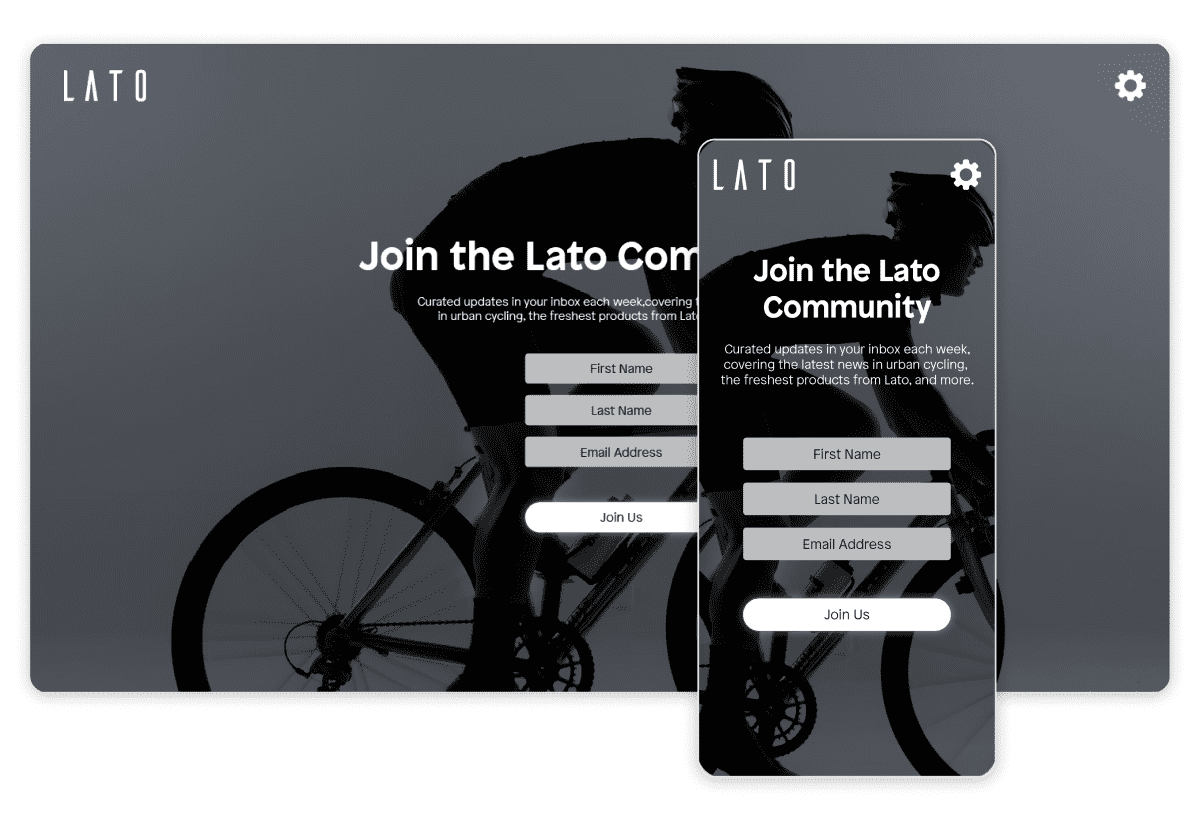
Many businesses reach this stage of their digital maturity and stop because either that’s as far as they think they can go or they don’t know what’s next.
Plotting out your digital transformation journey goes a long way toward knowing how to bring your organization to the next stage.
Stage 3: Change the way you do business
To understand Stage 3, we need to take Lato’s digitalization story further from their warehouse walls. Lato may have digitalized and automated its manufacturing floor and the way its B2C customers interact with it, but there’s more to be done.
Lato’s home city wants to use Lato as its sole provider of e-bikes. The city purchases a set number of bikes from Lato, but it has no digital way of managing them. Lato may be digitalized, but the city is not. This puts Lato back to square one when it comes to digital transformation.
So, Lato decides to offer the city an opportunity to change how they work. Lato publishes an API that empowers the city to create its own e-bike rental management application. It fits into the city’s own systems and works with their data.
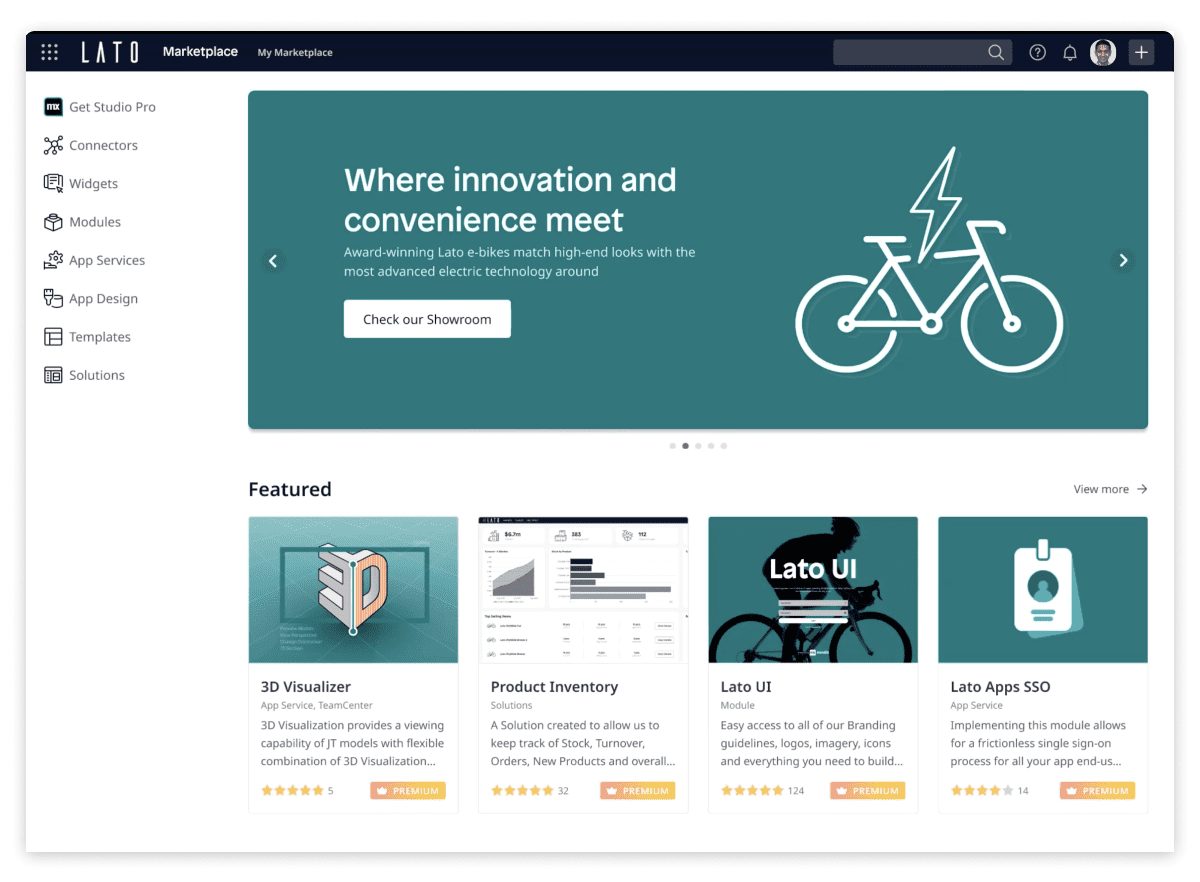
Stage 4: Create new digital products
Another city that already has a fleet of e-bikes heard about the city’s experience with Lato and wants to build its own rental management application. Using the API that Lato published, they are able to build an app that fits their tech stack and customer needs.
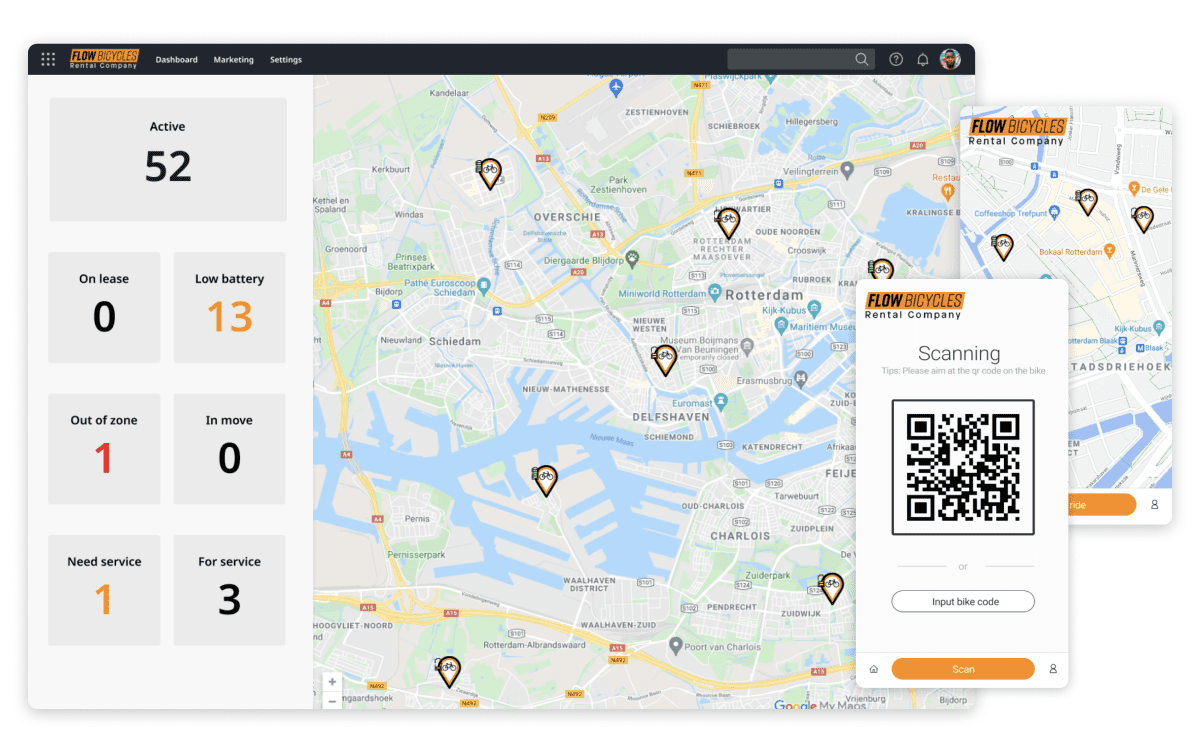
Lato sees the value of this capability, not just in commoditizing a way to better connect with partners but also in helping organizations power their own digital transformation.
Lato was able to transform itself from an electronic bike manufacturer and renter to a software company with an IP that lets B2B customers build their own bike rental applications. Lato has changed the way it and its customers do business and has also changed the way other shops do business. Using a consumption-based model, Lato has created an entirely new stream of revenue in a new market it had previously been in.
This is the stage of digital maturity you should strive for—creating a digital ecosystem that supports your customers, partners, and suppliers.
How to get to the next stage in digital transformation
So, what have we learned from Lato?
Digital transformation isn’t just about your business. You need a way to create different types of business value by offering customers, partners, and other independent software vendors opportunities to launch new business models with your APIs.
The API economy could mean big business for you. According to Akamai’s State of the Internet report, over 83% of web traffic comes from some form of API. This probably explains the projection for the API management market to be worth $16.9 billion by 2029. Money aside, APIs allow you to transform at the pace you want and—when the time comes—give your partners, suppliers, and customers the ability to digitally transform at their own pace. No disruptions.
Any organization at any size and at any point in its life can make the next great digital transformation step.
Kermit
Kermit, for example, a healthcare consulting firm, went digital and created software that helps hospitals control spending on medical equipment like pacemakers, joint replacements, and other physician-preferred items (PPI). Providers of these items have full control over the billing process, which can be opaque and rife with errors, affecting how much hospitals spend.
The team at Kermit pooled their collective knowledge with low-code and, in just nine months with one developer, created a solution that hospitals can use to curb PPI spending. The service helps hospitals realize multi-million-dollar savings.
Digital transformation next steps
No matter where you are with digital transformation, you should have a framework you can use to create vision-aligned applications repeatedly. This will help you as you transform and optimize internally and get to that inevitable next step in your digital transformation journey: Thinking outside your four walls.
- Private vs. Public Clouds: Differences, Use Cases, and More
- How to Execute a Digital Transformation: 9 Factors for Success
- How to Upgrade Legacy Systems to Compete in the Cloud Age
- Epicor Asia & Techworld Solutions Vietnam Chính Thức Công Bố Quan Hệ Đối Tác Chiến Lược, Mở Rộng Hệ Sinh Thái Giải Pháp Tại Việt Nam và Khu Vực
- Digital Ecosystems 101: How to Deliver Value & Drive Growth
Bài viết cùng chủ đề:
-
Leave Request – Quản lý nghỉ phép thông minh trong một mô-đun CRM duy nhất
-
Techworld Solutions Đồng Hành Cùng UTE Trong Đào Tạo Nhân Lực Chất Lượng Cao
-
Microsoft Office chính thức chuyển thành Microsoft 365
-
Epicor Asia & Techworld Solutions Vietnam Chính Thức Công Bố Quan Hệ Đối Tác Chiến Lược, Mở Rộng Hệ Sinh Thái Giải Pháp Tại Việt Nam và Khu Vực
-
Chúc mừng đội ngũ Microsoft!
-
Giá trị của Microservices Doanh Nghiệp với Low-Code
-
Sự Tiến Hóa Tiếp Theo Của Mendix Cloud: Đón Nhận Kubernetes Để Xây Dựng Nền Tảng Sẵn Sàng Cho Tương Lai
-
Optimizing Production with Epicor ERP – Specialized Solutions for Complex Industries
-
Addressing the Knowledge Gap
-
AI-Assisted Development in Action with Mendix
-
Empowering Mobile Innovation
-
How to Upgrade Legacy Systems to Compete in the Cloud Age
-
TECHWORLD SOLUTIONS VIỆT NAM VÀ ĐẠI HỌC SPKT ĐÀ NẴNG KÝ KẾT HỢP TÁC TRIỂN KHAI TRUNG TÂM NGHIÊN CỨU & ĐÀO TẠO CÔNG NGHỆ SỐ
-
How to Architect Your Mobile Customer & Employee Experiences
-
PVI Gia Định Partners with Techworld Solutions Vietnam to Revolutionize Insurance Management
-
ESEC Group Partners with Techworld Solutions Vietnam to Implement Microsoft Dynamics 365 ERP

